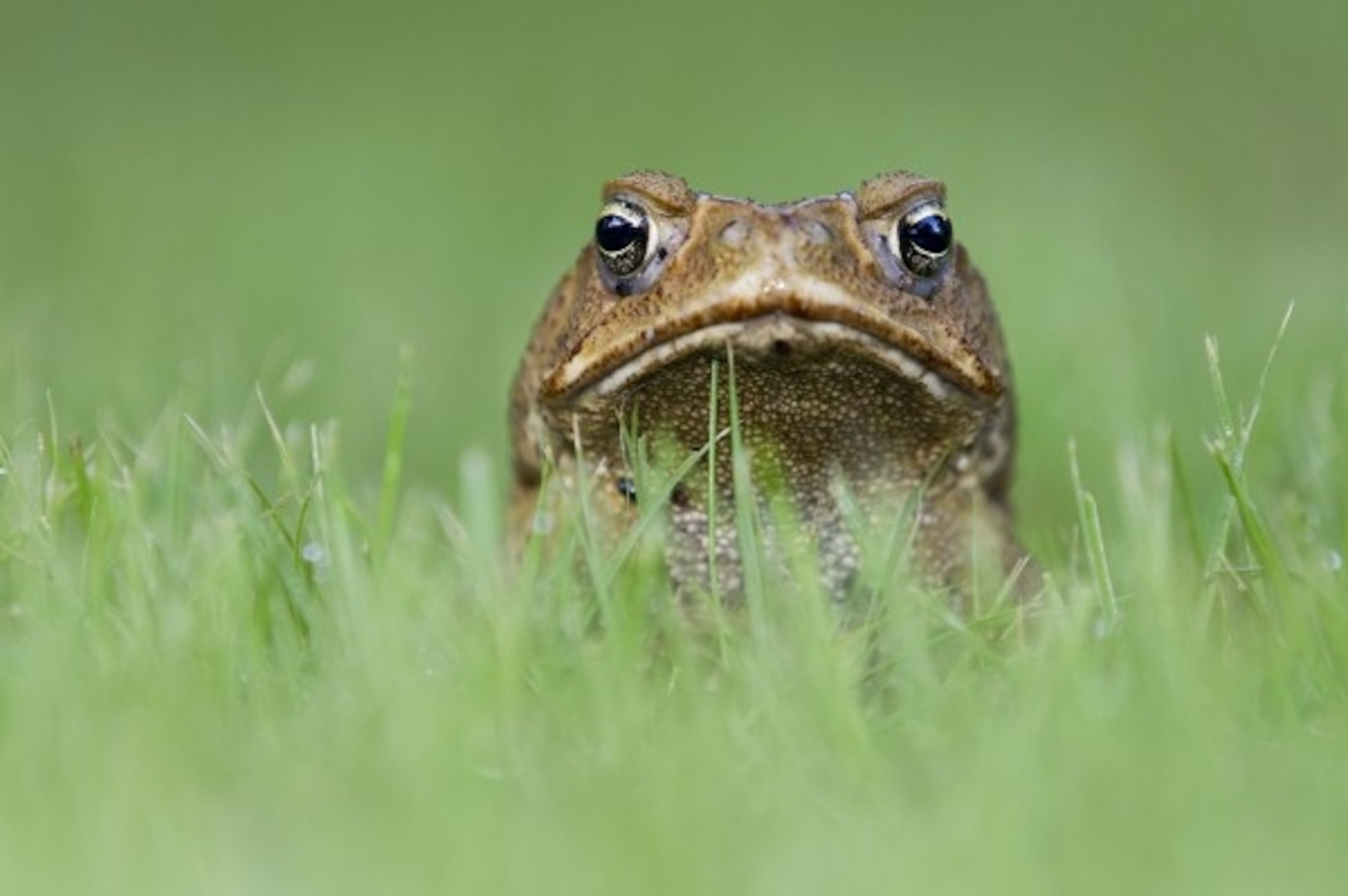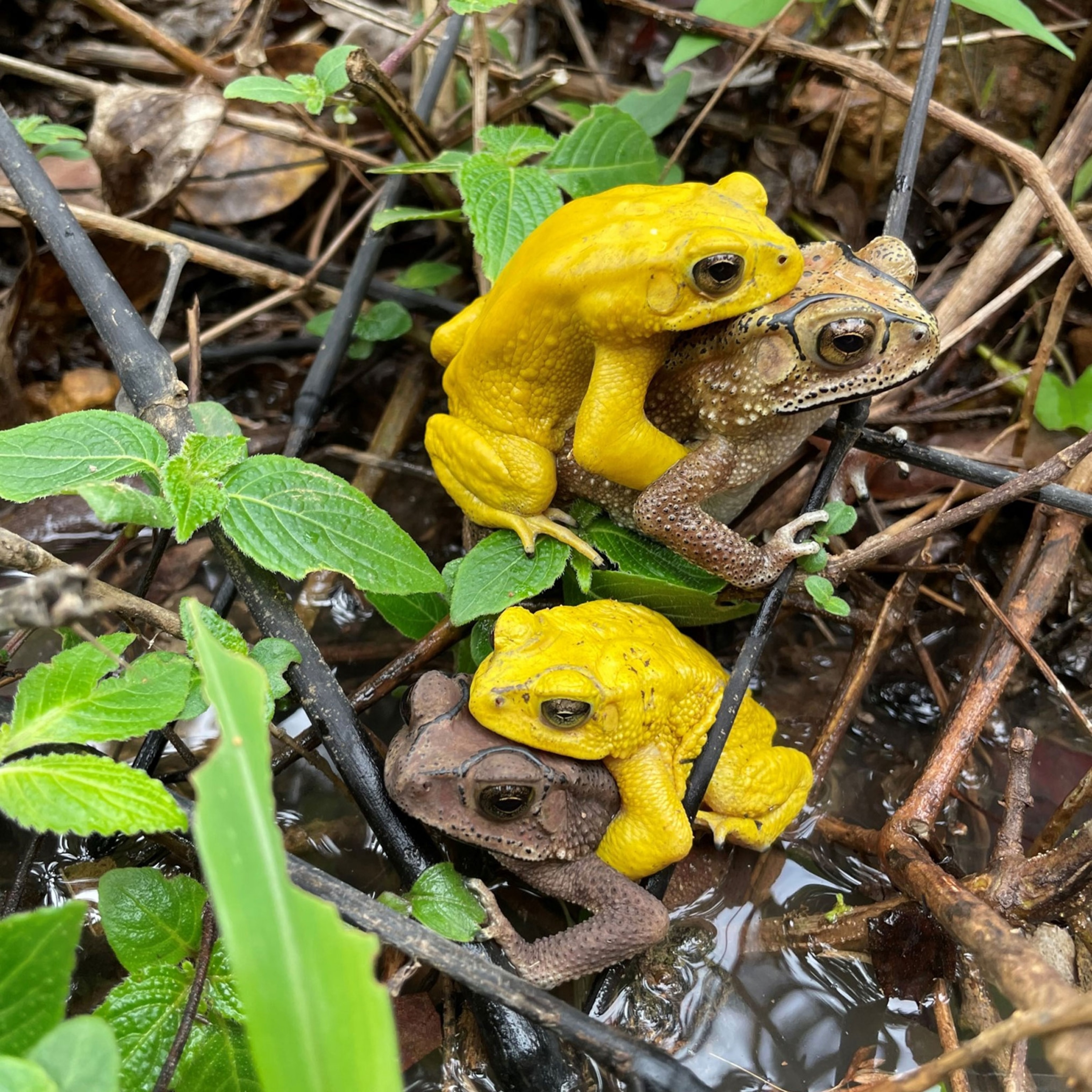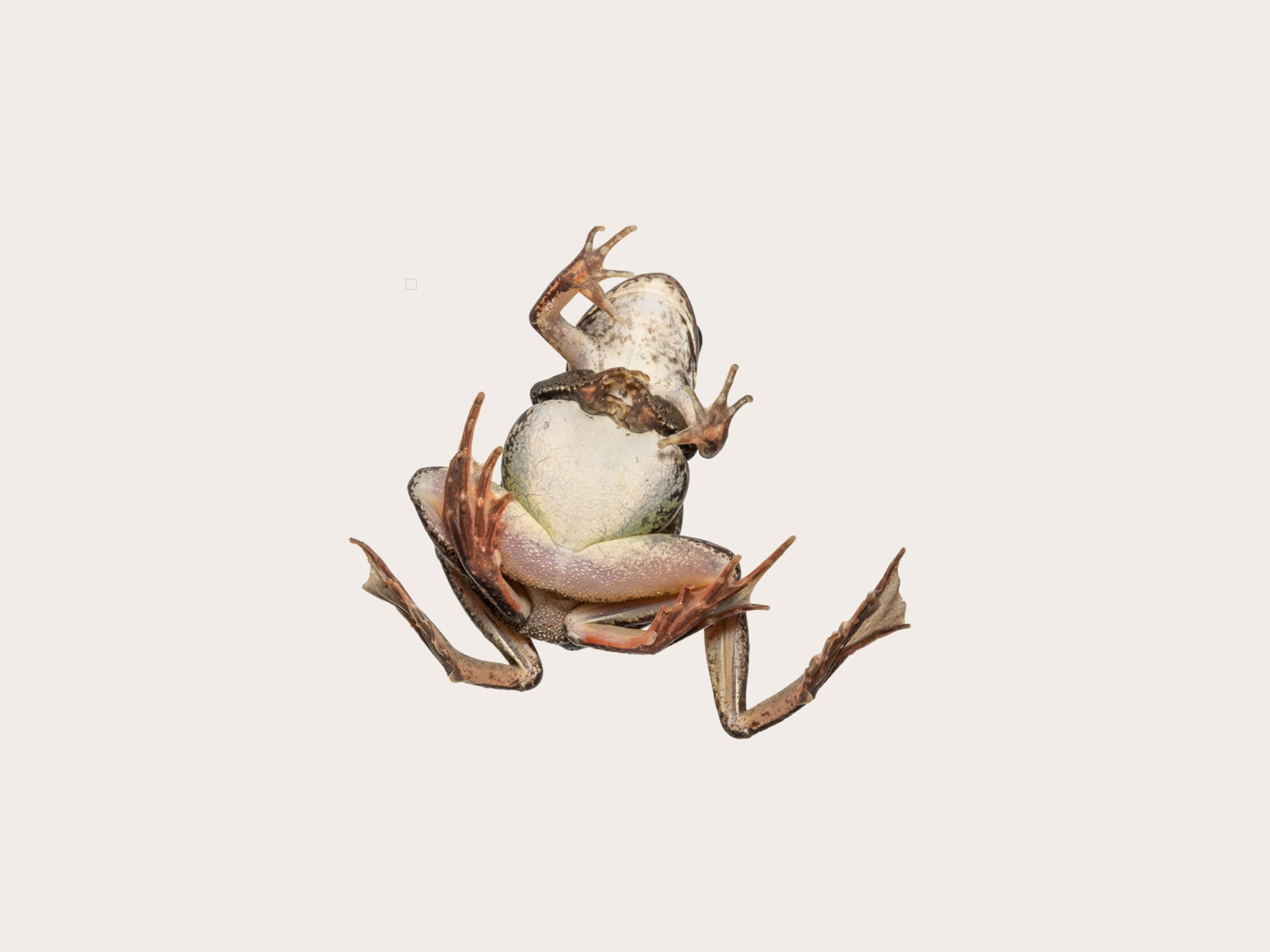
This Halloween, Bone Up on Animal Superstitions
From the "death-watch beetle" to the albatross, humans have always attached magical meanings to the natural world.
We attach supernatural powers to all kinds of objects, numbers, and frequently, animals. Some superstitions we’re all familiar with—like lucky rabbit’s feet (very unlucky for the rabbit) and unlucky black cats.
Here are some animal superstitions that have either always been, or have become, obscure. Knock on wood that only the good ones happen to you. (See: “Bad Omens: Animal Superstitions.")
Death-Watch Beetle
Jonathan Swift waxed poetic about the death-watch beetle (Xestobium ruffovillosum) in the 1700s. And the critter had a more modern moment in the pop cultural sun in Alice Hoffman’s Practical Magic, where it made a maddening tapping noise foreshadowing a character’s death.
It’s easy to see why disembodied tapping could freak people out if they didn’t know what it was—spirit rapping has long been big in paranormal circles. But the tapping noise is actually the beetle banging its head against the wall in the hopes of attracting a mate. Who can’t empathize with that?
The beetle makes its home, and its dinner, out of wood. And the real curse of this European native is the damage it’s capable of doing to wooden structures. But maybe all that knocking on wood has brought it luck; death-watch beetles and their kin are part of the largest order of insects on Earth, the Coleoptera.
Albatross
This huge seabird has been a favorite subject of superstition among sailors, who thought they brought good luck. Seafarers felt the birds’ habit of flying alongside ships meant that they housed the spirits of drowned sailors.

Killing an albatross was thought to be very bad luck indeed. In 1959 crewmen aboard an ill-fated cargo ship carrying a caged albatross—which died on board—staged a strike in protest. The bird’s folkloric rep was a highlight of Samuel Taylor Coleridge’s Rime of the Ancient Mariner, in which the mariner shoots an albatross and must wear the carcass around his neck as punishment. The phrase to have “an albatross around one’s neck” has come to mean one is carrying a terrible burden.
Of course, once you’ve seen the Monty Python sketch, you’ll probably never take the phrase seriously again.
Firefly
Even in our sophisticated, modern world, in which we know all about bioluminescence, any animal that carries its own internal light still seems enchanted. Small wonder the firefly, aka the lightning bug, has quite a few lucky links.

Fireflies in a house can signal good luck, unexpected visitors, or impending marriages or parties (if there’s more than one firefly).
Summertime in Japan means firefly festivals, and legends say the insects are the spirits of dead warriors. An item from the Scott County Historical Society in Virginia notes an old superstition that said if you killed a lightning bug, the next storm’s lightning would kill you (that’s karma … supersized).
The firefly’s fire is not actually magic, though. Its light is created by an organ under its abdomen, where oxygen combines with the chemical luciferin, producing those brilliant flashes of light.
What lights us up when we see the firefly is just happiness.
Birds
Birds are a huge presence in our lives. They flit through the English language as phrases and in references: for example, the dove of peace, the bluebird of happiness, and of course, the legendary role of the stork.
But not all bird portents are inspiring, sweet, or designed to keep your kids from asking where babies come from. One old wives’ tale posits that if a bird flies into your home, it foretells a death. A bird flew into the home of legendary comedienne Lucille Ball on the day her father died, after which she developed a severe case of ornithophobia, refusing to tolerate even pictures of birds in hotel rooms.
In this summer’s horror hit The Conjuring, birds fly directly into house and car windows. And Alfred Hitchcock certainly knew the power of The Birds to stir up some primal fear.
But why would a bird fly or peck at a window? The Massachusetts Audobon Society says it’s because birds see their own reflection in the pane of glass, or they think it’s another bird and will try to drive out the intruder.
A bird in your house probably isn’t bad luck. Unless it’s a raven with a very limited vocabulary.
Frogs and Toads
It’s easy to see why frogs capture little kids’ attention: They’re cute and icky, they make great sounds, they hop like rabbits, and if you’re lucky you can collect some tadpoles and watch them transform into an entirely different animal.
Such a master of transformation is bound to score some magical significance. And indeed, frogs and toads (which transform the same way) are sometimes cast as witches’ familiars, and sometimes cast into their boiling cauldrons. Frog toes went into the spell pot in Macbeth, and in As You Like It, Shakespeare invoked the “toadstone,” a rock that supposedly formed in a toad’s body and was worn as a protective amulet.
Though other portents are connected with frogs and toads, the most famous is probably that touching a toad will cause warts. This is most likely because some are upholstered in bumps.
The truth—that warts are caused by viruses, typically by HPV—is far less fanciful.
C’mon … would Kermit do that to you?








